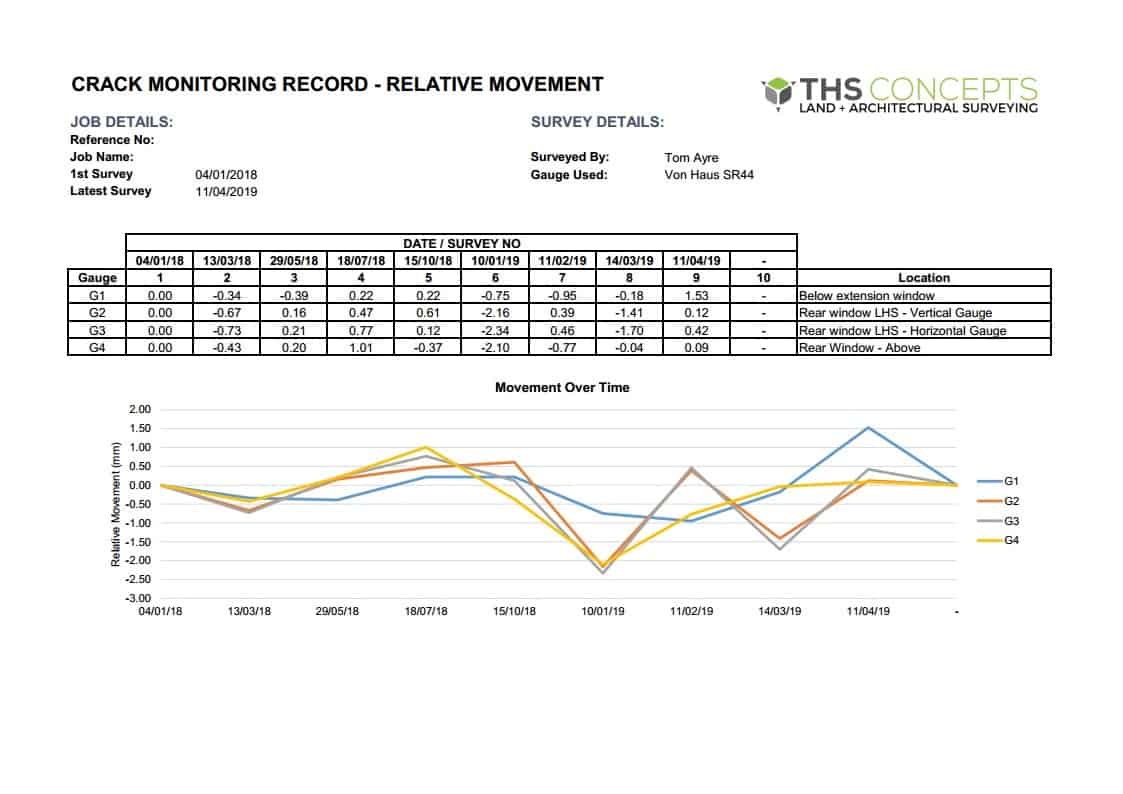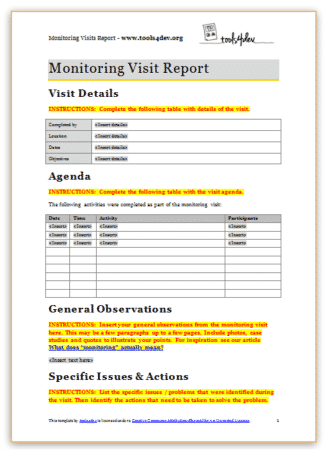

The day after Wednesday, September 2, was proclaimed to become Thursday, September 14, 1752. Dale Meyerrose, Vice President & General Manager Cyber Integrated Solutions, Harris Corporation, told an interesting story at the 4th annual Homeland Security Conference, “Septemwas Calendar Adjustment Day in Britain and the Colonies, correcting the Julian calendar which had gotten seriously out of whack. Though we face a seemingly intractable problem with cyber it is important to look back in history and see we have faced similar problems in the past. That felt very cathartic but none of them have proved to be a call to arms or classified by any government as an act of war.

We are in a cyber war as evidenced by the attacks on Estonia the Georgia cyber attacks during the Russia invasion Google's Aurora hack the Stuxnet Worm assault and WikiLeaks followers counter-attacks. We will also roll out some of the events the news has called acts of war. OK, this is our chance to use all the buzz words we have stored up: we are facing a Cyber Waterloo/Pearl Harbor/9/11/Katrina. Jason Andress, Steve Winterfeld, in Cyber Warfare, 2011 Most Likely and Most Dangerous Courses of Action ▪įree Real Memory Kilobytes of real memory free in a given time interval.

Shows historical memory utilization, including: ▪Īctive Real Memory Kilobytes of real memory being used in a given time interval. Interrupt% Percentage of CPU time spent in servicing interrupts ▪ System% Percentage of CPU time spent in system-level instructions ▪ Nice% Percentage of CPU time spent in “Nice” processes ▪ User% Percentage of CPU time spent in user-level instructions ▪ Shows historical CPU utilization data, including percentages of CPU time for each of the following: ▪ You can use this report to determine if an interface is experiencing problems or has been incorrectly configured. The first sign of problems with interfaces is frequently seen in link errors. Shows information about the link state of each interface. Similar to the interface throughput report, except that the query is based on the network address rather than the interface name. Inclusion of packet throughput, byte throughput, broadcast packets, and multicast packets for each interface is configurable by the administrator. You can often use this information to optimize network performance or troubleshoot issues of network traffic congestion. Shows historical throughput for each interface.

Inclusion of number of packets delayed and bytes delayed is configurable by the administrator. You can use traffic shaping to implement a specific policy that controls the way data is queued for transmission. This website is owned and maintained by the Monitor and is not owned by, or affiliated with, Credit Suisse.Shows specific bandwidth utilization. Individual homeowners who desire such assistance but who do not know where to obtain it or cannot afford it may visit the Resources page. Homeowners considering mortgage modifications may wish to obtain legal or tax advice from a lawyer or tax advisor of their own selection. The Monitor does not represent any of the settling parties and cannot represent, or provide legal or tax advice to, individual homeowners. subsidiaries and affiliates (collectively, “Credit Suisse”), dated January 18, 2017. This is the website of the independent Monitor appointed under the Settlement Agreement between the United States Department of Justice and Credit Suisse Securities (USA) LLC and its current and former U.S.


 0 kommentar(er)
0 kommentar(er)
